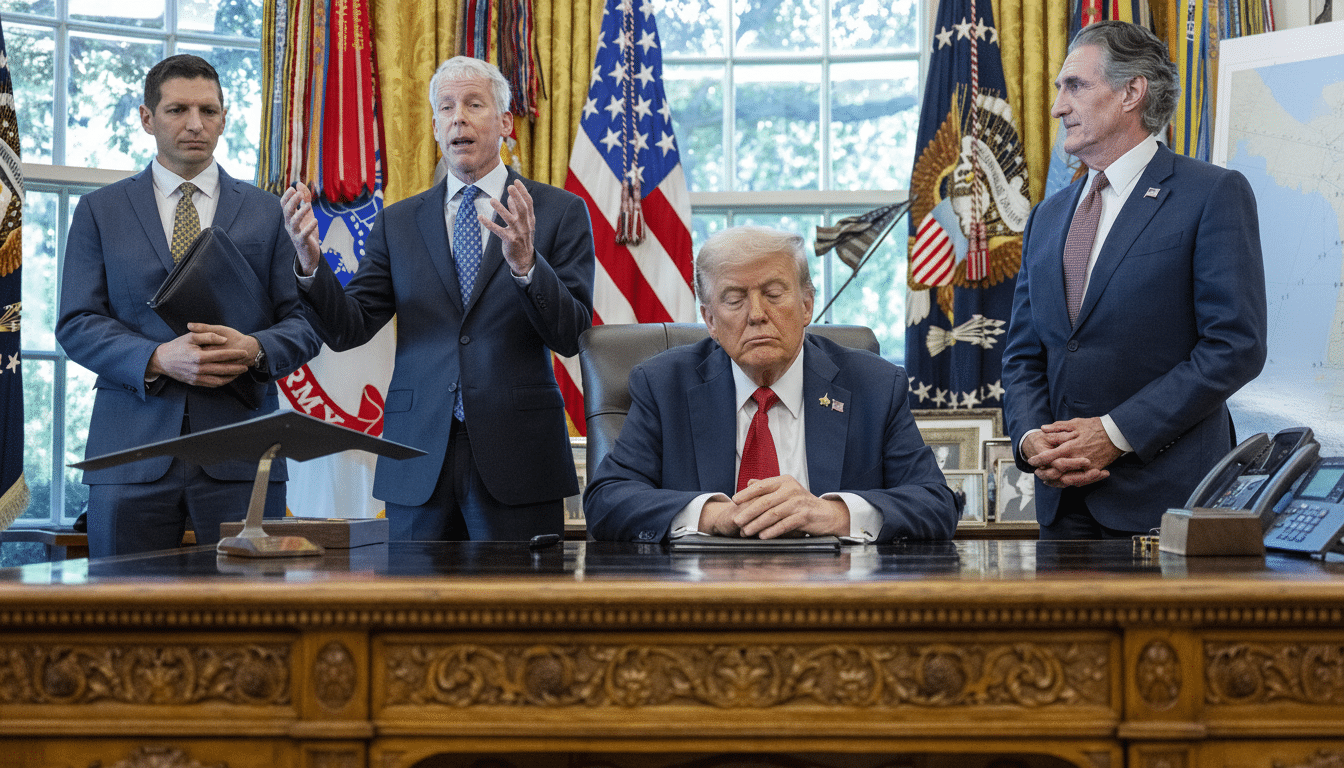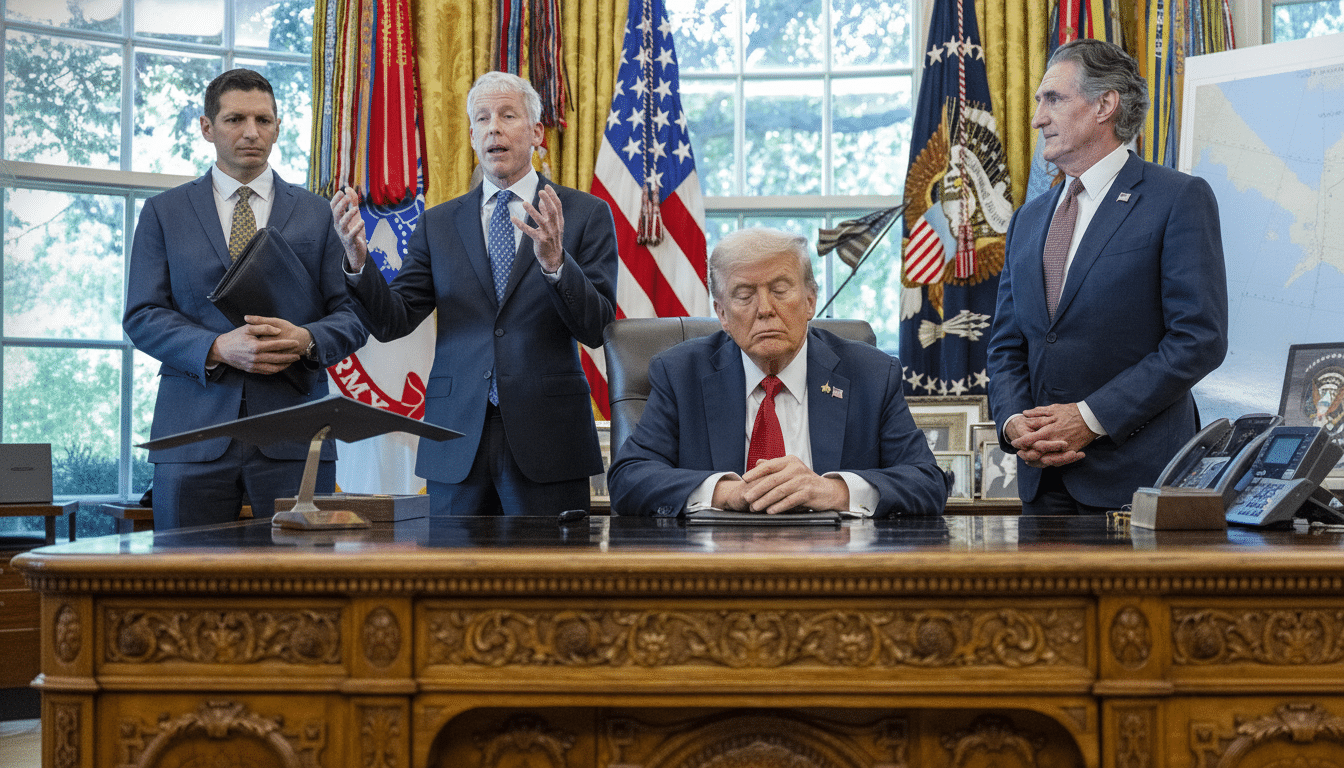The Department of Energy has announced a corporate shake-up that sidelines several renewable energy offices while promoting fusion into the Cabinet, indicating a drastic change in federal energy priorities toward longer-term nuclear innovation and away from programs for near-term deployment.
What Changed Inside DOE Under New Energy Reorganization
The reorganization would close down the Office of Energy Efficiency and Renewable Energy — a key U.S. clean tech deployment and R&D program — as well as other programs such as the Office of Clean Energy Demonstrations; the Office of Manufacturing and Energy Supply Chains; the Office of State and Community Programs; Grid Deployment FSOs; and Federal EMS programs. Instead, the DOE will establish a new office for fusion and merge geothermal with fossil programs into a Hydrocarbons and Geothermal Energy Office.

Over the last decade, EERE funded cost-shared R&D and market-lift programs across wind, solar, batteries, building efficiency, and advanced manufacturing. In recent budgets, EERE saw billions of dollars in annual appropriations — helping to lower the cost of utility-scale solar and onshore wind into what Lazard’s 2024 Levelized Cost of Energy analysis said are the lowest-cost new generation resources available in America. OCED, meanwhile, was designed to fill the “valley of death” for projects like long-duration storage, clean hydrogen, carbon management, and advanced nuclear.
The end of the Grid Deployment Office could reverberate across transmission planning and financing at a time when interconnection queues are reaching all-time highs. Lawrence Berkeley National Laboratory has recently recorded thousands of gigawatts of prospective generation and storage looking to connect, with transmission constraints rising as the primary impediment. DOE’s recently ousted manufacturing and state energy offices were focused on localizing supply chains for those huge, cost-effective programs like weatherization and community-based energy efforts.
Legal Challenges And Congressional Oversight
The reorg is likely to face legal scrutiny, since multiple of the affected offices were established or strengthened by Congress. For example, the Bipartisan Infrastructure Law authorized and funded the Office of Clean Energy Demonstrations. “People who study public administration will tell you that it’s difficult for Cabinet secretaries to get rid of or move functions which Congress has statutorily mandated in some way without getting clear legislative permission or at least going through an equivalent process,” E&E News writes. Any plan that goes near statutory mandates or appropriations lines frequently needs to be run by appropriators and authorizers — and can trigger Government Accountability Office queries.
If Congress determines that statutory offices have been functionally gutted or shifted off-mission, it can compel restructuring reversals with appropriations riders, authorizing language, or oversight hearings. Short of litigation, sustained oversight can delay or remold implementation, especially when there are ongoing grants and cooperative agreements involved.
An Office Dedicated to Fusion Commercialization
With fusion now getting its own office, DOE is drawing a line in the sand between basic research and something that vendors are liable to deploy. Fusion had mainly resided in the Office of Science, where it is home to some world-class research programs. Progress has picked up: the National Ignition Facility achieved net energy gain in a series of breakthroughs, and DOE developed a milestone-based fusion development program to mature compact, power-plant-relevant concepts through cost-shared awards. The private sector has invested over $6 billion in fusion startups since the beginning of this decade, according to the Fusion Industry Association, with outfits like Commonwealth Fusion Systems, TAE Technologies, and Helion Energy exploring a variety of confinement techniques.

A focused Office of Fusion could rationalize approaches to permitting, facilitate finding sites for demonstrators, and collaborate with the Nuclear Regulatory Commission on a fit-for-use licensing framework — all key to the translation from lab physics to grid-relevant demonstrations. Yet fusion is still a long-horizon, high-risk bet. Most experts see the road from lab to commercially operating plants as a generational undertaking requiring consistent public-private investment, well-defined safety standards, and muscular transmission planning.
Implications For Deployment And The Grid
Disbanding deployment-focused offices could slow the rate at which shovel-ready projects reach communities and the grid. OCED’s slate of projects also features demonstrations at scale for hydrogen hubs, carbon capture, and advanced nuclear — leverage designed to establish costs and bankability. Lacking a successor architecture, developers may not know how to approach issues like cost-share agreements, environmental reviews, or federal financing tools such as loan guarantees.
The dissolution of the Grid Deployment Office also raises more questions. The construction of more transmission is commonly considered by the Federal Energy Regulatory Commission and grid operators as necessary for reliability and to incorporate new generation. Utilities and regional planners could face longer timelines and increased costs if federal convening power, along with funding pathways, disappear. The manufacturing and supply chain roles that were previously backing domestic content for batteries, solar, and grid hardware also now have no clear place to land, making onshoring alongside interests in the recent global competition more difficult.
What Happens To Awards You’ve Already Earned
DOE has multiyear awards in each of the affected offices, from building-efficiency efforts to first-of-their-kind industrial decarbonization pilots. In the past, when agencies file reorganizations, they reallocate grants and contracts rather than canceling them altogether; however, terms can be renegotiated if appropriations change or there are questions about statutory authority. With formula funds used for weatherization and energy programs, states that leverage the biggest share of those formula funds as soon as possible will be watching for signals on continuity and compliance.
Industry groups are likely to be divided in their response. Fusion proponents will appreciate a more direct conduit to support for commercialization. Renewables developers, manufacturers, and state energy offices will warn of a setback to near-term emissions goals and local investment. The Energy Information Administration has documented the increasing fraction of U.S. electricity generation coming from renewables over recent years, and any slowdown in deployment support would muddy resource planning and reliability strategies.
The Bottom Line on DOE’s Energy Office Shake-up
This reshuffle points DOE away from a moonshot and toward proven deployment engines. Whether it lasts will be up to congressional oversight, statutory interpretations, and how the department fulfills current commitments. The establishment of an Office of Fusion could help speed a promising technology toward the marketplace, but shedding deployment and grid offices could provide near-term friction just as the grid faces record demand growth from data centers, electrification, and industry. The stakes — for reliability, costs, and climate goals — are high.

